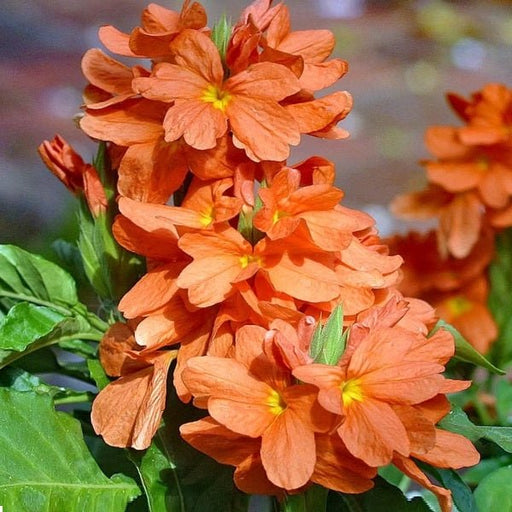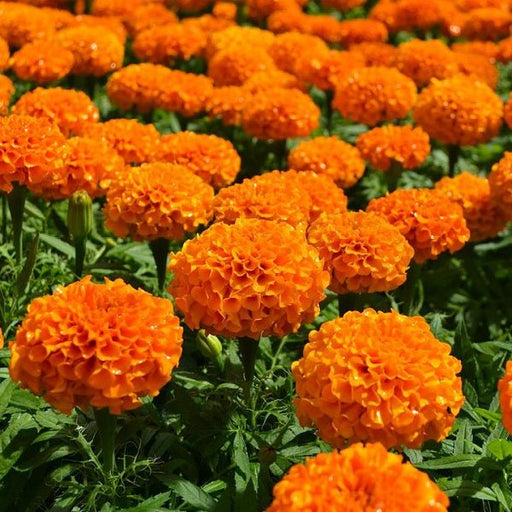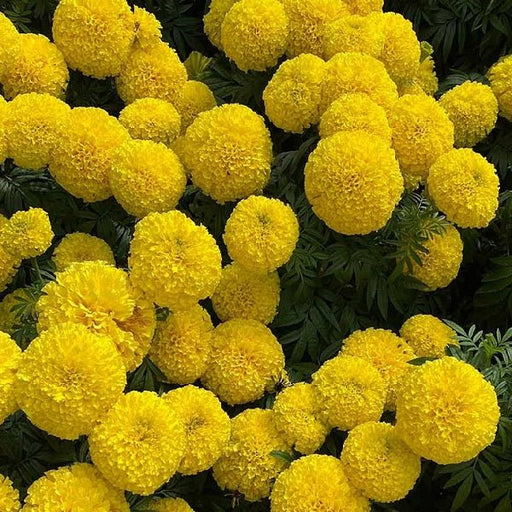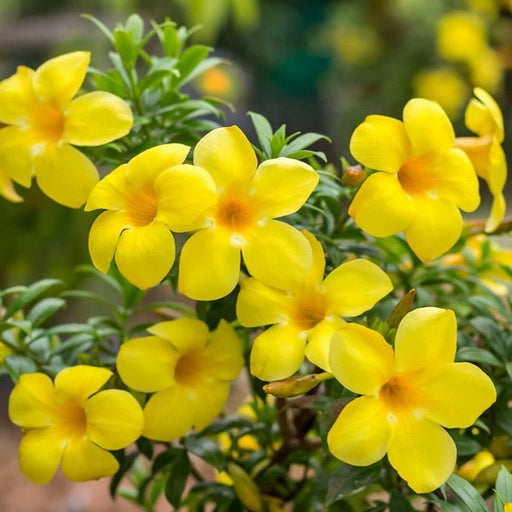
Elephant bush, Portulacaria afra, Jade plant (Green) - Succulent Plant
Synonyms: Elephant Bush, Portulacaria afra, Jade plant (Green)
Product Highlights:
- Common Names: Elephant Bush, Portulacaria afra, Jade plant (Green)
- Hardy and attractive succulent plant
- Thrives in a variety of indoor and outdoor settings
- Fleshy, green leaves with a unique texture
- Resilient and easy to care for














